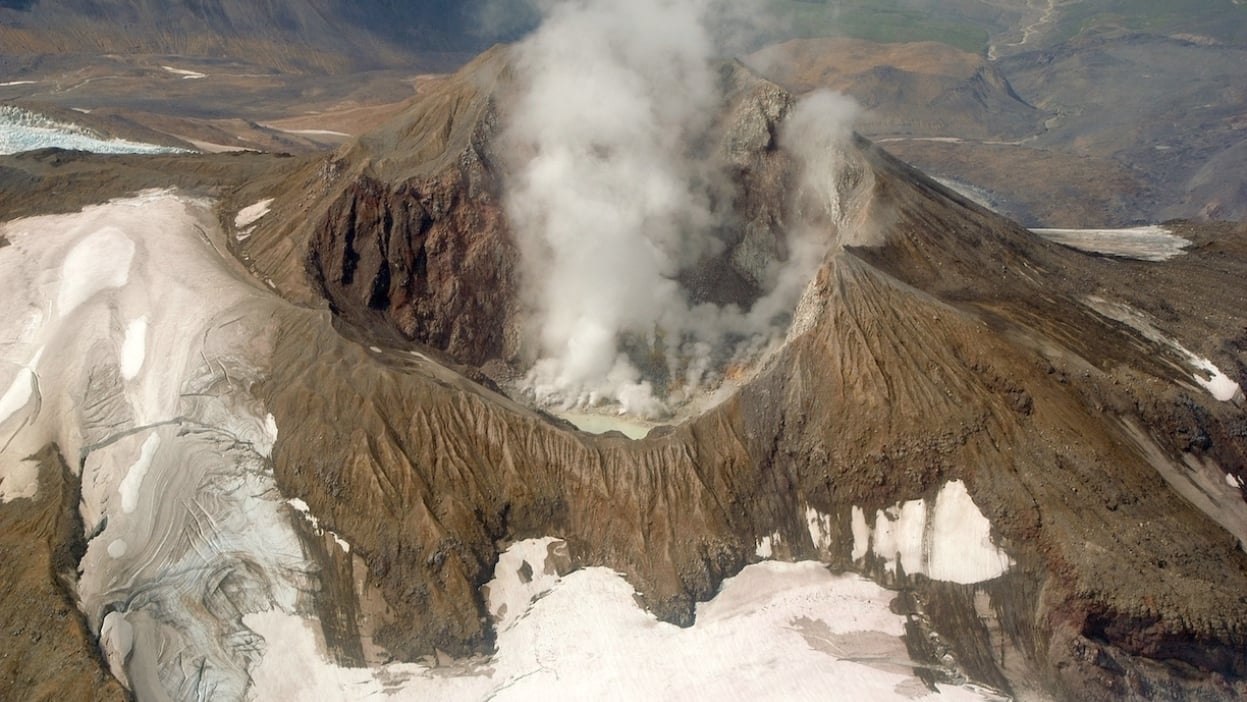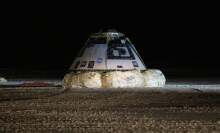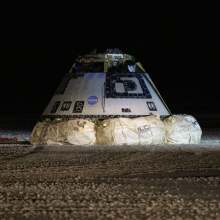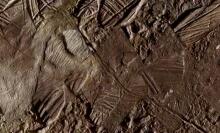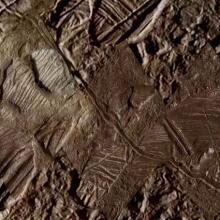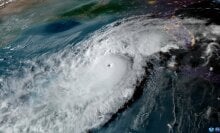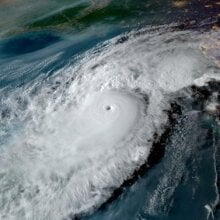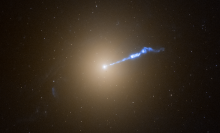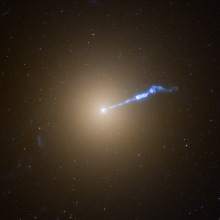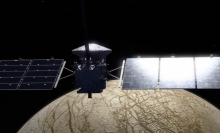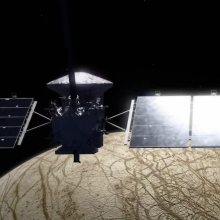Imposing bears teem in Alaska's Katmai National Park and Preserve. But few dare enter its Valley of Ten Thousand Smokes.
In 1912, a volcano was born here. It erupted for nearly three days. Its ominous ash clouds left the town of Kodiak, 100 miles away, in profound darkness, nearly obscuring lanterns held at arms' length. The valley itself was suffocated by a gargantuan load of up to nearly 700 feet of grainy volcanic ash. That ash remains there today. The once verdant land was transformed into a desolate moonscape. For years, potent columns of steam rose from the hot rocky ash, the "smokes" that lent the region its name.
It was the biggest volcanic eruption of the 20th century.
"I'm in awe of how large that event was," Patrick Whelley, a NASA geologist, told Mashable. "What a drastic change in landscape."
This year, Whelley co-led an expedition into the valley with a team of scientists. They investigated how this land reflects similar environments on other planets, like Mars, and the harsh, seemingly unlikely, places that might harbor life on other worlds.
Such a journey isn't for the meek.
"Wind blows abrasive ash that irritates the eyes and lungs. Your food, no matter how carefully prepared, always seems to be gritty," Mike Fitz, a former Katmai ranger who often ventured into the valley, told Mashable. "Pumice and ash always threaten to get into your footwear where it can abrade your skin raw."
Exploration of the valley has a price. But it comes with unmatched rewards.
"The land is wild and raw and fascinating."
"On a calm day, the silence is immense," Fitz, now a naturalist for the wildlife livestreamers explore.org, said. "I've experienced natural quiet so great on calm days at Novarupta [the volcano that erupted in 1912] that the sound of a zipper on a jacket or tent seems like an intrusion."
"The land is wild and raw and fascinating," he said.
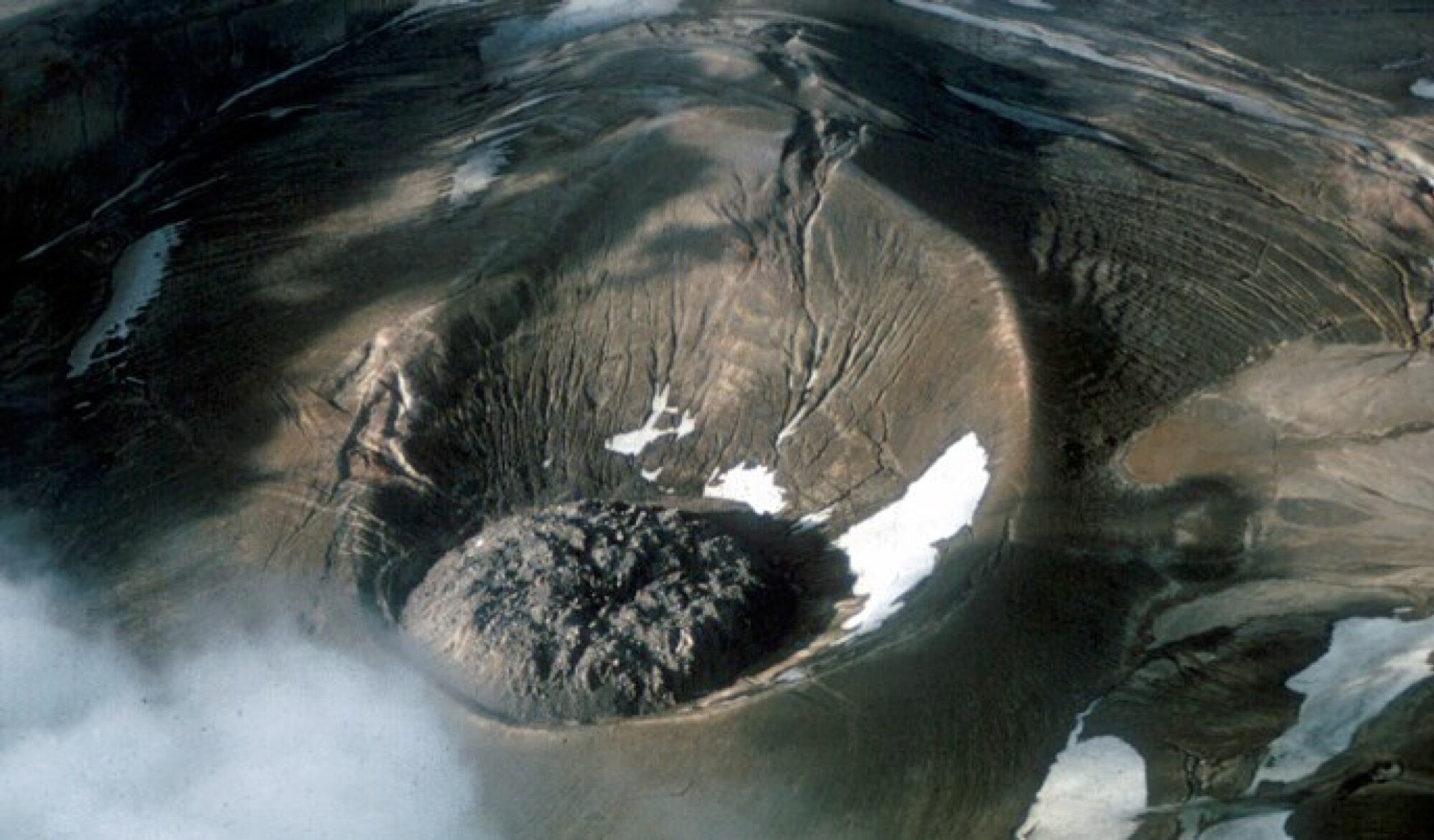
Looking for life as we don't know it
Amid the heated 1960s Space Race, NASA sent astronauts to the Valley of Ten Thousand Smokes. They encountered wasted land, blanketed in volcanic rock, somewhat like the moon. (Indeed, upon later stepping foot on the surface of the moon, Buzz Aldrin marveled: "Beautiful, beautiful. Magnificent desolation." ) In the valley, the future moon explorers collected geologic samples, and learned how to convey their finds to scientists.
Over half a century later, in June, NASA geochemist Heather Graham entered this remote Alaskan realm to scour the environment for the types of life that may exist on worlds beyond ours — planets and moons. Except Graham isn't searching for familiar signs of life, like strands of genetic material. Rather, Graham seeks the chemical activities that could support life — particularly life elsewhere that might create energy and thrive in ways different from organisms on Earth.
"We're really thinking about life as we don't know it," Graham told Mashable.
"We're really thinking about life as we don't know it."
That's why Graham, and NASA's Goddard Instrument Field Team, or GIFT, endeavor to such places. They're remote, largely untrammeled, and are the closest environments approaching something extraterrestrial on our planet.
"Look out your window," said Graham. "There's literally life everywhere. The whole point of me going to the Valley of Ten Thousand Smokes is it's so hard to get away from life."
Indeed, from its cataclysmic inception, the valley seemed a harsh, untamed, unearthly realm. "This Valley appeared to be on another planet that was in the process of formation," wrote Robert F. Griggs, a scientist who discovered and documented the steaming Valley of Ten Thousand Smokes on a National Geographic Society expedition in 1916. (While we were not granted permission to show Griggs' historic images here, they are available to see on Katmai National Park and Preserve's website and this Park Service publication.)
"This Valley appeared to be on another planet that was in the process of formation."
When Novarupta blew in 1912, it pressed the restart button in the valley. Even water vaporized. So it's a rare place to sleuth for effects that life could have had on this new environment. Could such microbes have left clues that they harnessed energy using these fresh geologic ingredients, brewed deep inside Earth?
To find out, Graham, as shown below, inspected now-quiet fumaroles — vents where hot volcanic gasses are emitted. Graham assessed these features to see if any materials are different (and potentially altered) from the fresh rock blown out of the volcano. She looked for the presence of accumulated microorganisms, collected samples, and sent them to a microbiologist to see who it is. (We'll have to wait to find out; the results are pending.)
Ultimately, the search for these hints of life inform astrobiologists like Graham — who investigate the possible origins and existence of life beyond Earth — about how we should look for life on other worlds.
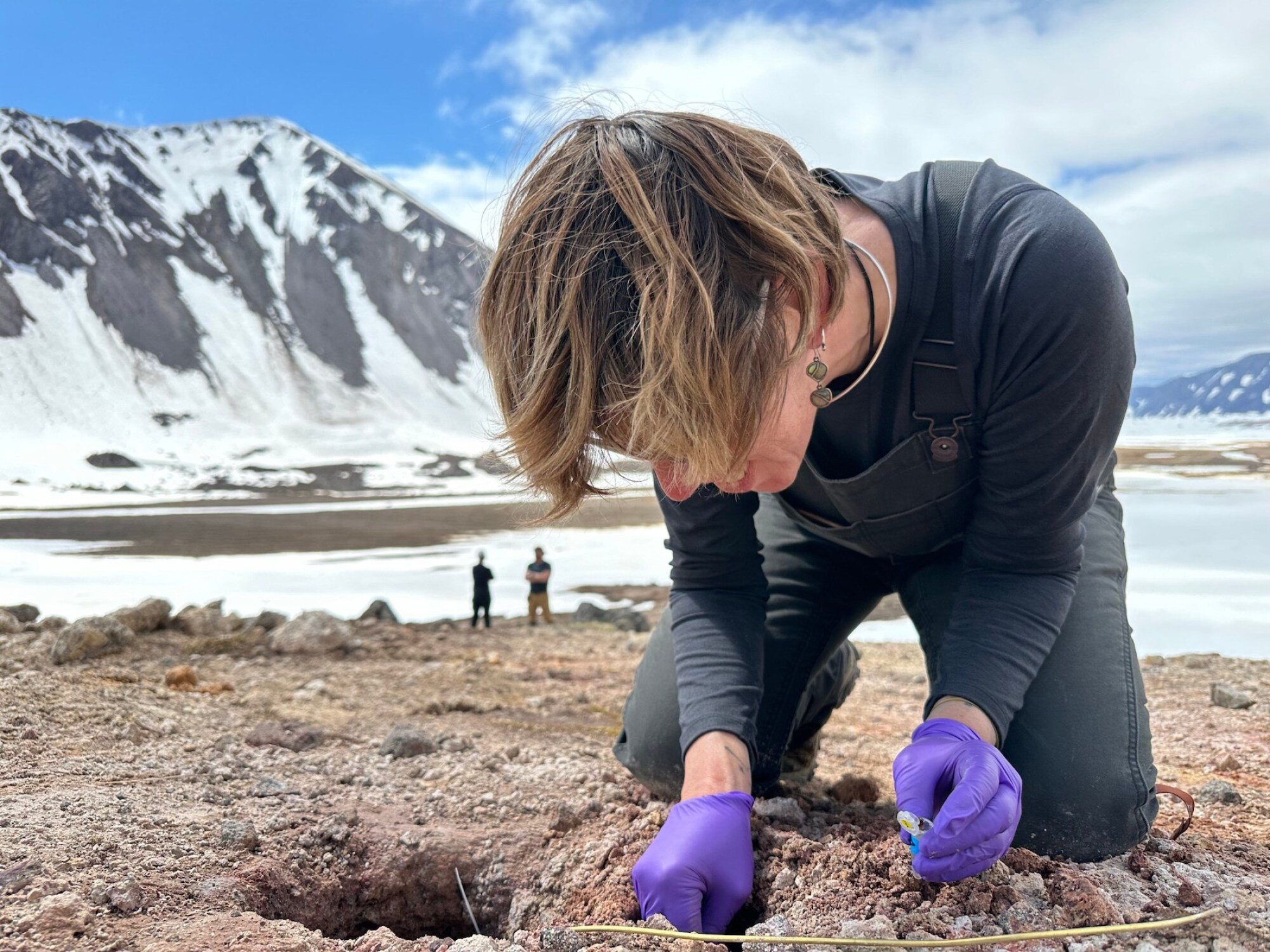
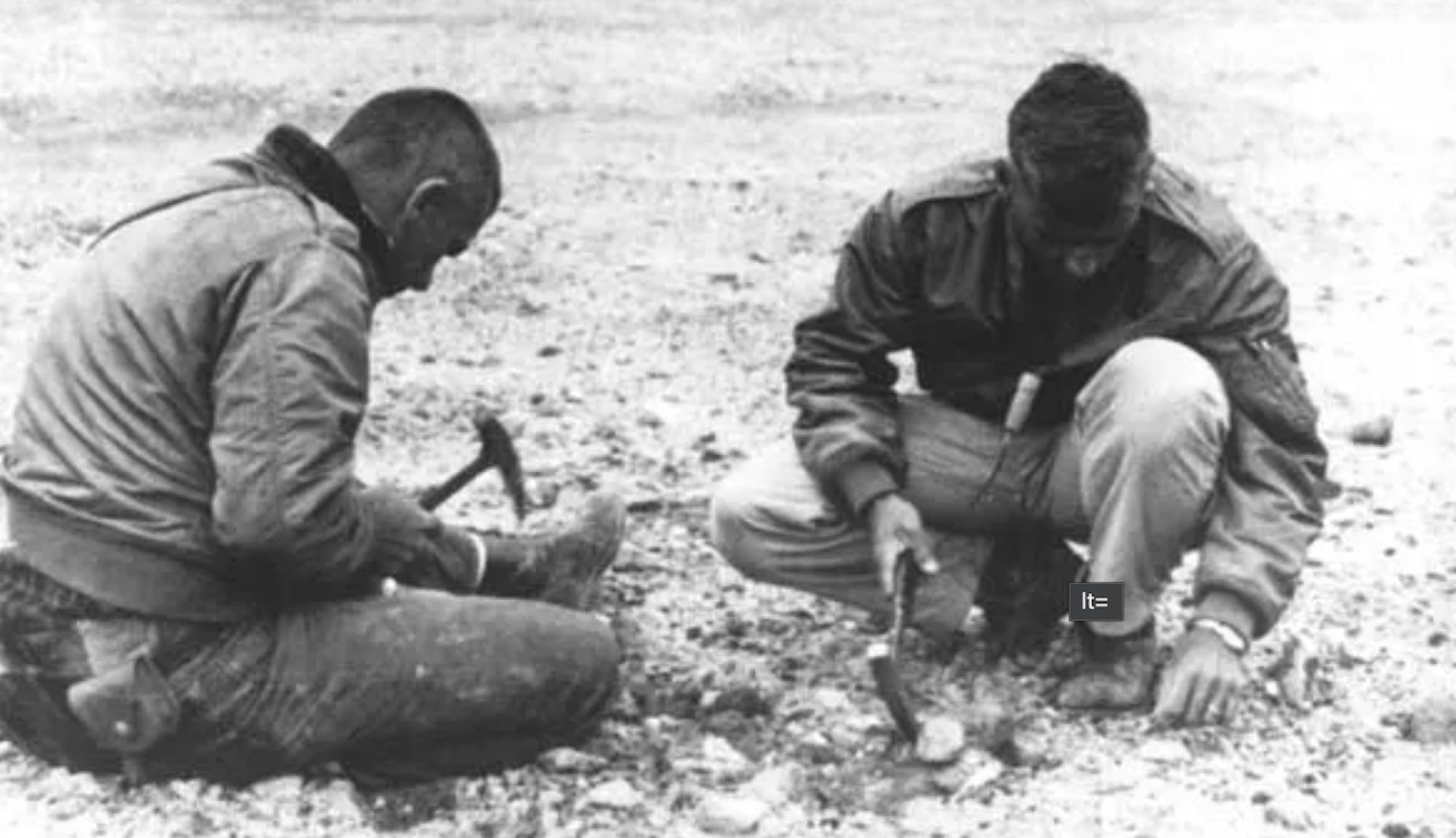
After all, all life needs an energy source. If something dwells in the oceans of Enceladus, a Saturnian moon that shoots plumes from a subsurface ocean into space, it might exploit chemicals in ways far different than most life on Earth. Or in ways we can't yet imagine.
"The possibility space for life is much greater than our sliver of biology," Graham said.
A journey into the desolate valley
Often, NASA's Goddard Instrument Field Team can drive relatively close to field sites. But in the Valley of Ten Thousand Smokes, there are no roads.
A lifted school bus, capable of driving through rivers, ferried them to the foot of the valley. But then the scientists were on foot. "It's an intimidating landscape," Whelley, the NASA geologist who co-led the trip, said.
A party of 12 hiked some 16 miles to get near Novarupta, which required fording wild, at times unpredictable rivers, including the River Lethe, an ash-filled waterway. "Drowning in them is statistically the most dangerous thing about the Valley," Fitz, a former Katmai ranger, noted. (Writer's note: I have forded this river multiple times; half the time, amid a vigorous and high current, we were forced to turn back; Alaska doesn't play games.) Electric fences, to discourage the rare valley bear, encircled their tents. And anyone sleeping there at night is surrounded, literally, by volcanoes, some steaming. On such an eight day trip, the scientists had survival roles to play — like water collection.
But the payoff was conducting science in a place where Earth's surface has been remade.
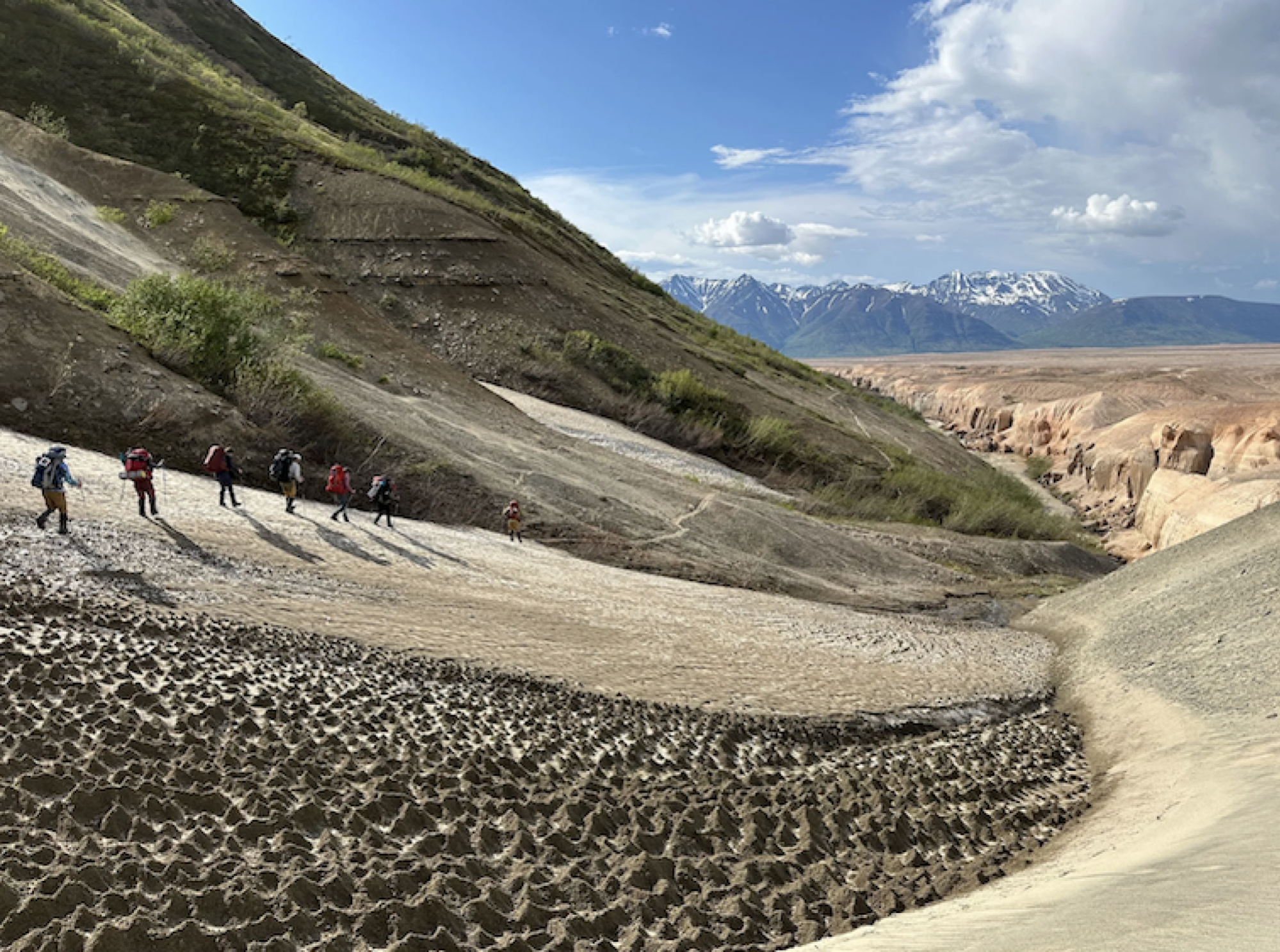
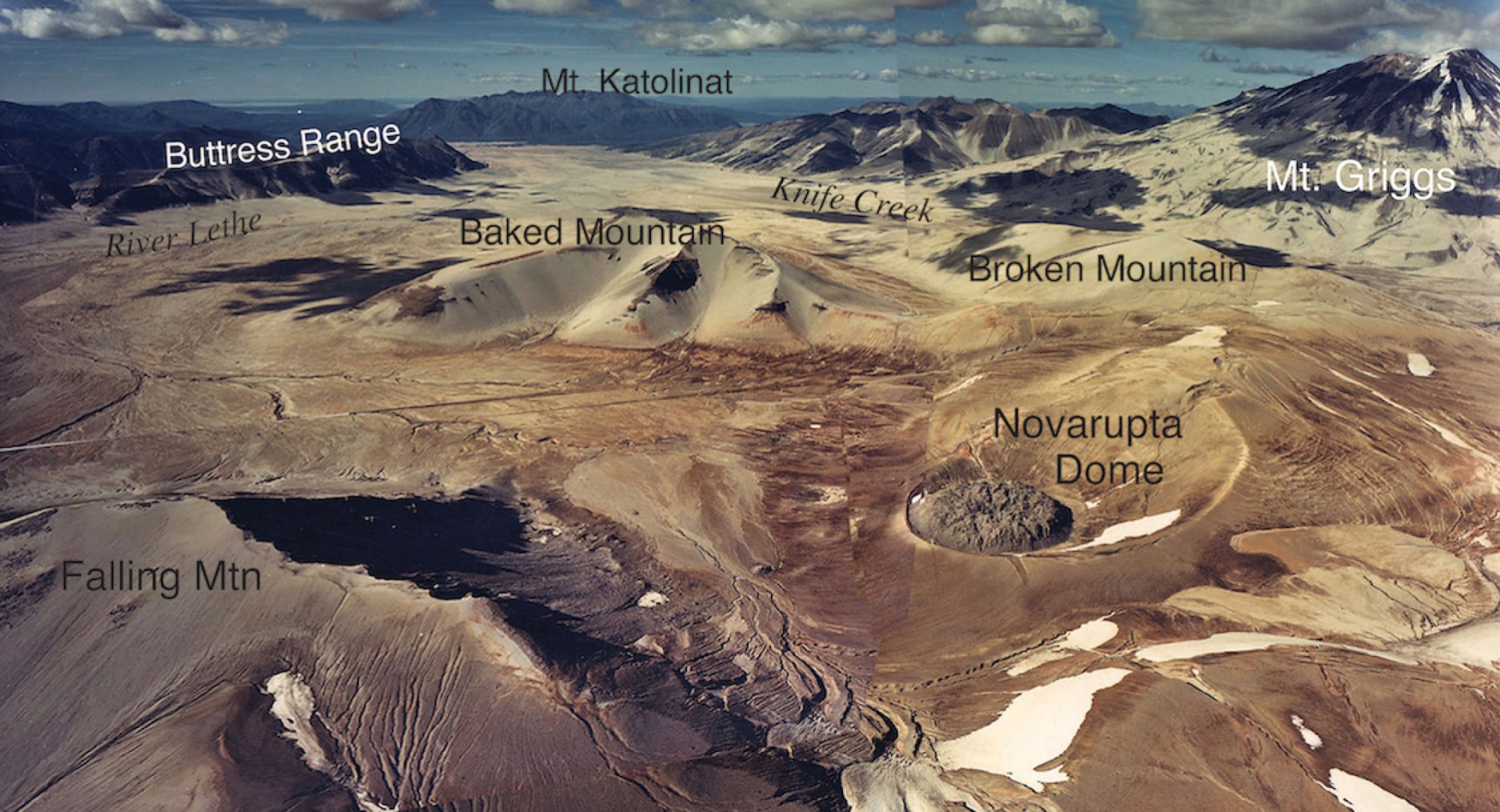
The untrammeled valley can reveal what's transpired on other worlds. Places on Mars, for example, may have experienced similarly sized or larger volcanic eruptions, which blanketed mighty Martian glaciers in rocky ash, Whelley said. Scientists brought a ground-penetrating radar and other instruments to the valley to see how Novarupta's blast hid some large glaciers — and to demonstrate how similar events may have transpired on Mars. Another team investigated how clays could form following such a volcanic eruption — which could explain how such soils developed on Mars. We can't go to Mars today; but we can at least approximate desolate and extreme Martian environs.
"We need to find these places to do our work," Whelley explained. "They haven't been developed yet."
NASA's field team has explored volcanic landscapes in Iceland, lava tubes in Hawaii, remnants of an ancient supervolcano in California, and beyond.
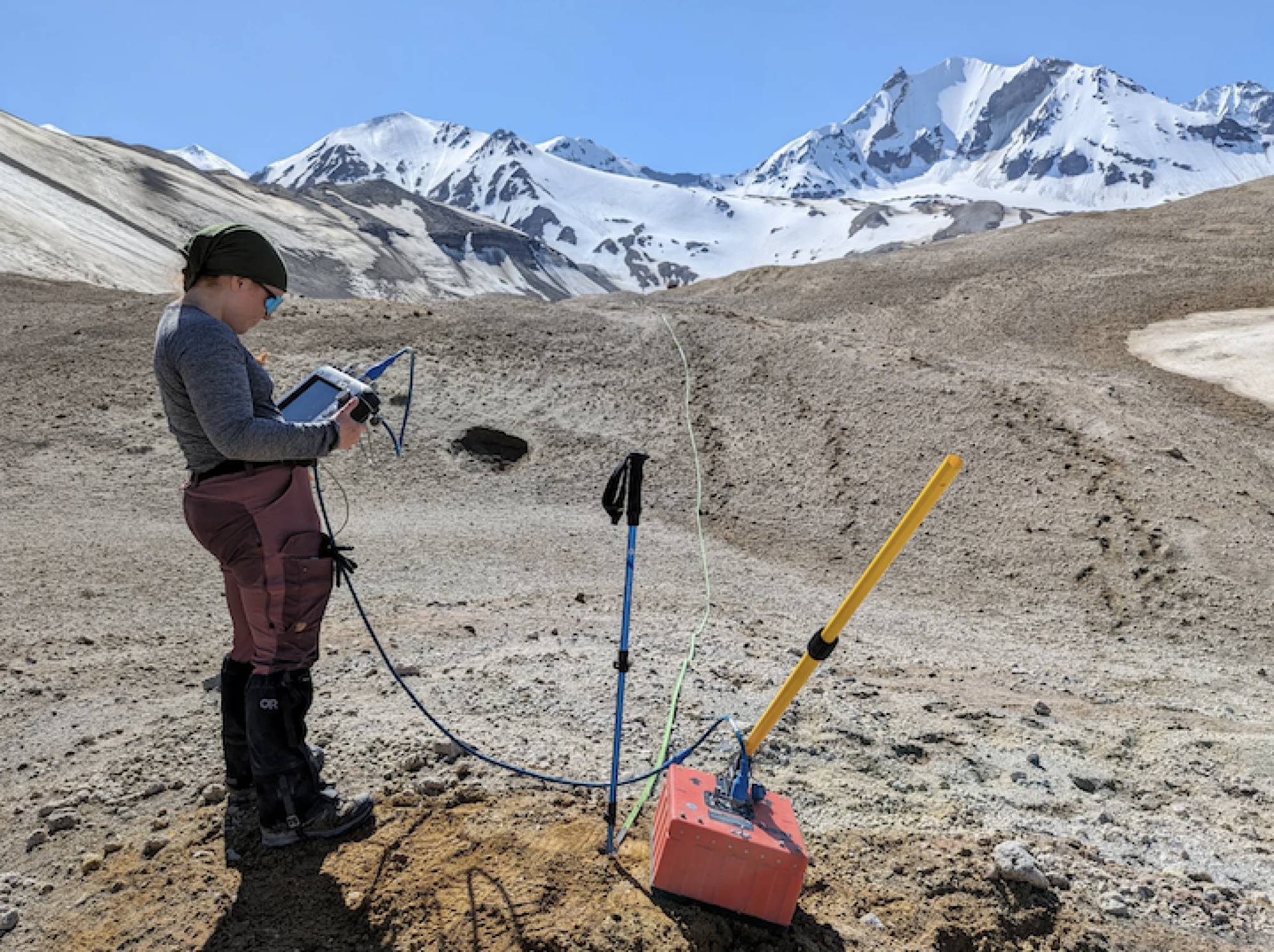
Tweet may have been deleted
But time is running short in the Valley of Ten Thousand Smokes. A new world, composed of fresh rock, minerals, and chemicals, won't stay virgin forever. The willows are creeping in. Now that the ground isn't steaming, even some bears traverse the valley's edge.
This June, flowers popped up near Graham's tent.
"We're always in a race against life and time," she said.
Topics NASA
